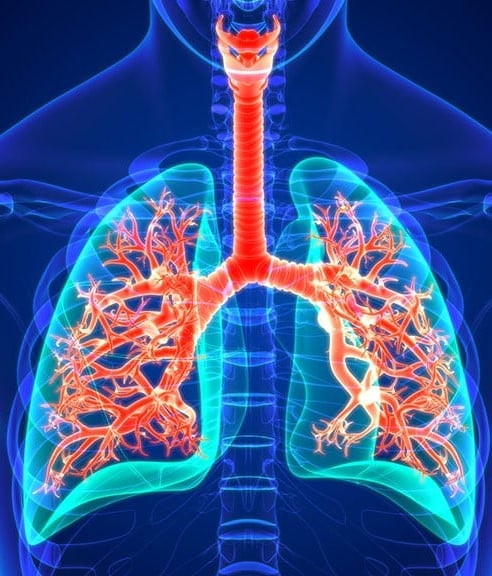 |
| What is Asbestos? |
| Asbestos is a mineral fiber that can be positively identified only with a special type of microscope. There are several types of these fibers. In the past, it was added to a variety of products to strengthen them and to provide heat insulation and fire resistance. How Can it Affect Human Health? From studies of people who were exposed to asbestos in factories and shipyards, we know that breathing high levels of it’s fibers can lead to an increased risk of lung cancer in the forms of mesothelioma, which is a cancer of the lining of the chest and the abdominal cavity, and asbestosis, in which the lungs become scarred with fibrous tissue. Most people exposed to small amounts of asbestos, as we all are in our daily lives, do not develop these health problems. However, if disturbed, it may release fibers, which can be inhaled into the lungs. The fibers can remain there for a long time, increasing the risk of disease. Any of this material that would crumble easily if handled, or that has been sawed, scraped, or sanded into a powder, is more likely to create a health hazard. Where Would Asbestos Be Found, & When Can it Be a Problem? Most products made today do not contain asbestos. Those few products made which still contain it and that could be inhaled are required to be labeled as such. However, until the 1970s, many types of building products and insulation materials used in homes contained asbestos. Where Asbestos Hazards May Be Found in a Home Some roofing and siding shingles are made of asbestos cement. Houses built between 1930 and 1950 may have it as insulation. It may also be present in textured paint and in patching compounds used on wall and ceiling joints. Their use was banned in 1977. Artificial ashes and embers sold for use in gas-fired fireplaces may contain it. Older products, such as stove-top pads, may have some of these compounds. Walls and floors around wood-burning stoves may be protected with asbestos paper, millboard or cement sheets. It is found in some vinyl floor tiles and the backing on vinyl sheet flooring and adhesives. Hot water and steam pipes in older houses may be coated with an asbestos material or covered with an asbestos blanket or tape. Oil and coal furnaces and door gaskets may have asbestos insulation.  |
What Should Be Done About Asbestos in the Home? If you think asbestos may be in your home, don’t panic. Usually, the best thing to do is to leave any material that is in good condition alone. Generally, material in good condition will not release fibers. There is no danger unless it is disturbed and fibers are released and then inhaled into the lungs. Check material regularly if you suspect it may contain asbestos. Don’t touch it, but look for signs of wear or damage, such as tears, abrasions or water damage. Damaged material may release fibers. This is particularly true if you often disturb it by hitting, rubbing or handling it, or if it is exposed to extreme vibration or air flow. Sometimes, the best way to deal with slightly damaged material is to limit access to the area and not touch or disturb it. Discard damaged or worn asbestos gloves, stove-top pads and ironing board covers. Check with local health, environmental or other appropriate agencies to find out proper handling and disposal procedures. If the material is more than slightly damaged, or if you are going to make changes in your home that might disturb it, repair or removal by a professional is needed. Before you have your house remodeled, find out whether these materials are present. |
